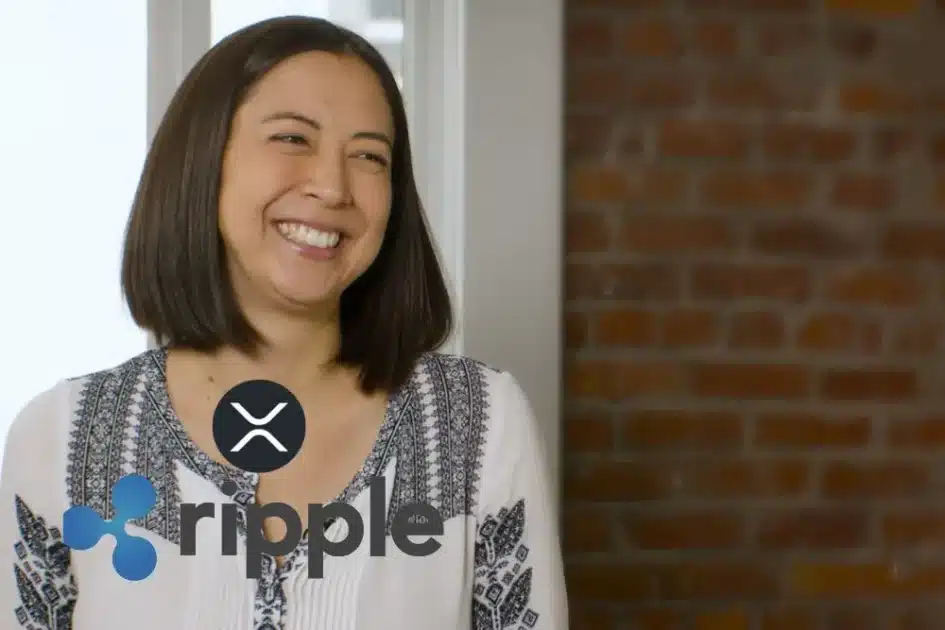- Ripple’s Monica Long compares stablecoin hype to NFT frenzy.
- RLUSD stablecoin tackles Africa’s financial challenges with strategic partnerships.
- Ripple warns against over-saturation in the growing stablecoin market.
Ripple’s President, Monica Long, recently weighed in on the rapidly growing stablecoin market, drawing a striking comparison to the NFT boom of 2020-2021. In a Twitter thread, Long highlighted the rise of stablecoins and the increasing fragmentation within the sector.
She pointed out that new stablecoins are being introduced, often by traditional financial institutions (TradFi) or case-specific layer 1 (L1) blockchains, leading to a crowded space that lacks clear differentiation.
According to Long, the current excitement surrounding stablecoins is similar to the speculative behavior seen during the NFT craze. While the use of stablecoins in payments has gained traction across both DeFi and TradFi sectors, she expressed concern that many recent stablecoin projects lack defined use cases.
Also Read: XRP ETF Deadline Countdown Amid U.S. Government Shutdown
Long emphasized that there’s no real need for more USD-pegged stablecoins. Instead of adding more tokens, she suggested the market should focus on solutions that address genuine issues rather than jumping on the latest trend.
She also acknowledged that the market’s rapid expansion might be driven by FOMO (fear of missing out) rather than by true demand for new stablecoin products. Long’s warning is clear: while the growth of stablecoins is exciting, it risks becoming another overhyped segment without real-world applications.
Ripple Expands with RLUSD, Offering Stability to Africa’s Financial Challenges
Ripple is also addressing financial challenges on the African continent through its USD-backed stablecoin, RLUSD. Officially available in Africa, RLUSD aims to tackle long-standing issues such as high transaction fees, slow payment processing, and limited banking access.
Ripple’s strategic partnerships with companies like Chipper Cash, VALR, and Yellow Card are crucial to making this expansion possible.
In many African countries, the cost of financial services remains high, and access to them is limited. Workers abroad often see a significant portion of their remittances lost to fees before reaching their families. With 41% of the African population lacking access to traditional banking, RLUSD offers an accessible and stable financial alternative, particularly in regions struggling with currency volatility and inflation.
RLUSD is pegged 1:1 to the U.S. dollar, providing individuals and businesses with a reliable option to overcome inflation and exchange rate issues. The stablecoin also helps bridge the gap for those without a bank account, empowering individuals to save and make transactions more efficiently.
Fragmentation and FOMO in the Stablecoin Space
Long also pointed to the growing fragmentation within the stablecoin space. As both traditional financial institutions and blockchain companies rush to create unique branded stablecoins, the market risks becoming overcrowded.
This fragmentation could ultimately mean that only the most innovative solutions will succeed while others may fade into obscurity.
Ripple’s perspective on the current state of stablecoins underscores the need for more than just token launches. The market must evolve beyond speculative behavior and focus on real use cases to ensure that only valuable, sustainable projects thrive.
Also Read: Shiba Inu Burn Rate Soars Amid Market Shifts, Fueling Hopes for Q4 Surge
